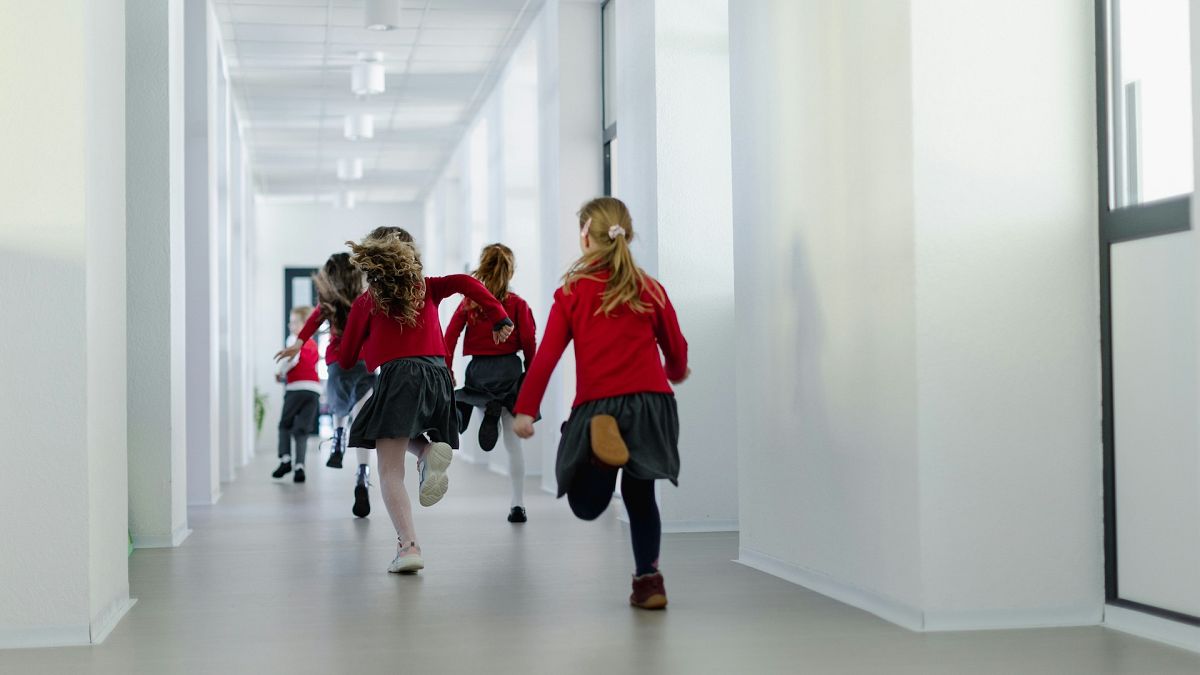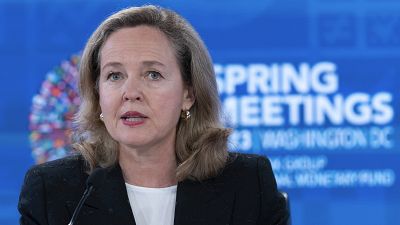The average debt for school supplies is reportedly €368, however, 32% of indebted parents say they owe more than €500 for back-to-school costs.
More than one in four parents find themselves in debt because of back-to-school costs, according to the Irish League of Credit Unions (ILCU)'s 2024 Back to School survey. The study included 716 parents and was carried out by i-Reach in June this year.
The survey revealed that, while most parents pay for back-to-school supplies using their existing savings or income, 28% rely on debt. For those parents, the average debt for school supplies was €368. This was a €62 rise from last year with 32% of indebted parents owing more than €500 for school supply costs.
Some 19% of parents paid for the back-to-school supplies with a credit card, according to the survey. A missed or late payment on a credit card is likely to incur credit card higher-than-average interest rates, thus increasing the debt burden.
Many indebted parents turn to Buy Now Pay Later (BNPL) schemes to cover these costs. Again, they are likely to be at a higher interest rate than a bank overdraft.
The study estimated that, this year, total back-to-school expenses came up to about €1,086 per primary school child on average, whereas for secondary school children, this shot up to €1,401 per child. While primary school parents saw a welcome decrease of €66 per child, for parents with secondary school children, this was a €113 rise.
However, it's not always only the parents spending on back-to-school supplies, with several teachers also having to spend on buying classroom supplies, in order to make sure children are happy, engaged and comfortable while learning. This trend is usually seen in more deprived areas, where parents may struggle more.
Seek help, urges not-for-profit group
Regarding the findings of the ILCU survey, David Malone, the chief executive officer (CEO) of the ILCU said on the website: "This year's back to school survey findings are very insightful as they show that government initiatives such as the Free School Books scheme do seem to have eased the financial burden for some families.
"However, there is still an onerous cost burden on parents with increasing levels of associated debt linked to schooling and the cost of living.
"Overall, we want parents of both primary and secondary students to know credit unions are here to help plan out and manage these expenses. As not-for-profit organisations, established in communities all across Ireland, we understand the impact of these important costs on households, and we would encourage anyone who has concerns to talk to their local credit union."
The situation seems even harsher in the US where, according to a recent Bankrate survey, 31% of parents are getting into debt over school supplies. This was 2% higher than Bankrate's 2022 survey.
Branded clothes and school lunch items main drivers of back-to-school costs
According to Hodge Bank, parents can spend up to about £422 (€498.57) on school uniforms in a year, whereas packed lunches could potentially rack up a bill of approximately £518.70 (€612.74) a year. Not only that, but fuel costs for the school run are estimated to be around £137 annually.
Another survey by UK footwear retailer Wynsors across 1,000 parents found that 73% of them were worried about being able to afford new school uniforms.
Branded footwear, clothes and other things were some of the main things that 53% of parents felt forced to buy for their children, an increase of 11% from 2021, according to the ILCU study.
The rising costs of new school uniforms was a pressure point for 54% of parents, while 56% were worried about the costs of school lunch food. Increasingly more expensive activities and school trips also contributed heavily to to back-to-school costs for 52% of parents.
Other parts of Europe also hit by debt
The ongoing cost of living crisis still being seen in several parts of Europe has meant that for many parents, these rising school supplies costs are yet another one of many. Some 89% of parents are already dealing with higher utility bills, whereas 91% have seen their grocery bills swell.
As a result, 46% of parents said that they've already cancelled non-essential activities and services, in order to redirect cash where it’s most needed. While 13% of parents revealed that they cut down on food expenses to help pay for school costs, 31% shared that family holidays are the biggest luxury to get axed in favour of school supplies.
Schools are also not doing enough to put a cap on expenses, according to 67% of parents.
However, 42% of parents still keep their children in summer activity programmes, to enable the chance for developmental, social and educational activities, although for 26%, these bases also function as childcare.
While 62% of parents still admitted that back-to-school expenses were a financial burden, the number was 10% less than last year. This could be because of government initiatives such as the Hot Meals scheme and the Free School Books scheme.
How can parents save money on back-to-school expenses?
Apart from schemes subsiding school meals and books, there are also a number of other ways and resources that can help parents cut down on back-to-school expenses.
For schools which require uniforms, parents can shop around for non-branded uniforms at a number of cheaper departmental and second-hand stores. In the UK, this has been made easier with legislation compelling schools to keep branded clothing items to a minimum and removing unnecessary ones. Schools are also required to provide second-hand options for uniforms.
This means that instead of more expensive high-street uniforms, parents can choose any suitable options in the school colours from cheaper stores, even if they do not have the school logo on.
Similarly, summer fairs and donation groups on a number of online marketplaces, such as Facebook marketplace can also be a good option for affordable uniforms.
Second-hand shops and online marketplaces can also be a good way to find clothes for schools which don’t have uniforms.
Another way to better manage back-to-school expenses may be by budgeting for them throughout the year. This can mean maintaining lists of supplies and buying them in instalments over the year, so the cost burden can be spread out.
Buying supplies during sales and keeping an eye out for other online and in-store deals is also a good idea. This can be especially useful for uniforms, which can be bought a year in advance, in anticipation for the next size up, when they go on sale during off-peak periods. The problem, of course, is that children don't always grow at the speed the shops suggest.
There are also a number of charities, resources and initiatives which can help struggling parents with gadgets, books and other school supplies. These include local councils, some schools themselves, libraries and local companies and groups.















